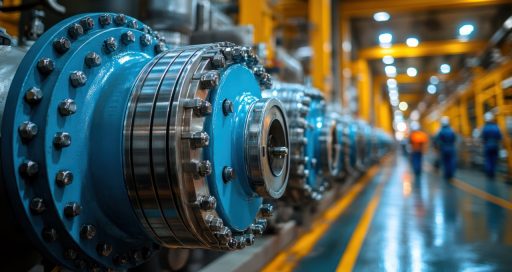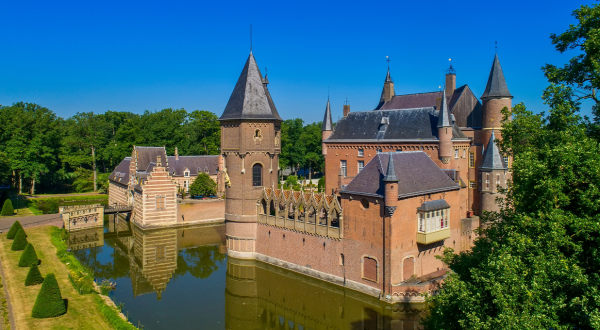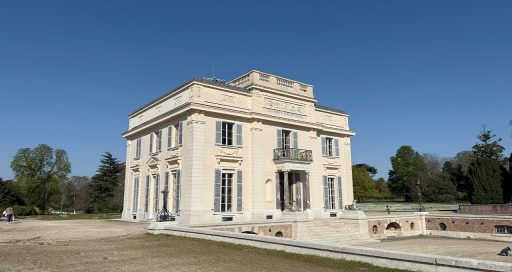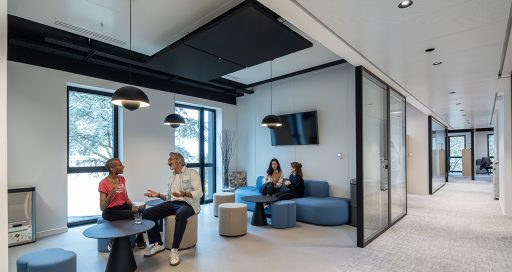Geothermal solutions can help reduce the carbon footprints of tertiary buildings. In Belgium, Cegelec has several such projects to its credit, including for Wallonia’s gas and electricity network operator at its regional headquarters. And in France, three buildings in the Parc de Bagatelle in western Paris are benefiting from an ambitious energy transition project.

Geothermal solutions use the thermal energy present beneath the Earth’s surface for heating and climate control, helping reduce a tertiary building’s environmental footprint. Geothermal energy is local and renewable, reducing consumption of fossil energies and the resulting greenhouse gas emissions while increasing energy efficiency and reducing thermal pollution. The construction in Gosselies, Belgium, of the new regional headquarters for Wallonia’s gas and electricity network operator, ORES, is a perfect example of a geothermal solution applied to a tertiary building.
As Benoît Gouverneur, Business Development Manager at VINCI Energies Building Solutions, explains: “The project, which ran from 2019 to 2021, required the excavation and installation of 30 closed-loop geothermal boreholes using a total 4,500 metres of pipes, with a flow-and-return manifold equipped with valves allowing the connection of probes installed in these boreholes. In winter, the geothermal energy feeds a 180 kW heat pump, and in summer, a 420 kW free-cooling exchanger.”
The main challenge for Cegelec on this project was the spatial coordination between the borehole excavations, including processing of the extracted material, and the roads and utilities.
Virtuous circle
“The geothermal installation at the ORES headquarters has a COP* of 4 to 4.5,” says Benoît Gouverneur. “The system is also used to cool the building in summer, but directly, without using a heat pump. To make the installation sustainable, energy has to be released into the ground in summer and extracted in winter. This is done via the glycol mixture that circulates in the pipes and exchanges energy with the ground in either direction depending on the season. This cycle is crucial for maintaining the system’s efficiency.”
“To make the installation sustainable, energy has to be released into the ground in summer and extracted in winter.”
Cegelec has other geothermal projects to its credit, such as the work done during the 2020 renovation of the Westland shopping centre in Anderlecht, near Brussels, which required the excavation of 190 boreholes to a depth of 78 metres for a system that outputs 700 kW in summer and 620 kW in winter. A few kilometres away in the European Quarter of Brussels, Cegelec HVAC Commercial South helped replace fossil energies with geothermal at the Commerce 46 office complex, where it provided the HVAC and energy monitoring installations for this vast office block.
Fewer GHGs in Bagatelle
Another example of geothermal applied to tertiary buildings is the three historical buildings in the Parc de Bagatelle in western Paris, which will use this technology to reduce their CO2 emissions by 90%. These are the Château de Bagatelle, Villa Windsor and Villa Amélia in the Bois de Boulogne, which are benefitting from an ambitious energy transition project led by the Fondation Mansart.
Having previously been heated using fuel oil, these historical buildings are now equipped with modern geothermal systems designed and installed by Valentin (VINCI Energies Building Solutions) under a skills sponsorship programme funded by the Group.
“We replaced the old CO2‑emitting systems with one that provides heating and climate control with a 90% reduction in greenhouse gas emissions,” says Pascal Claisse, Business Unit Manager at Valentin. This was essential, since these spaces will soon be hosting exhibitions and events that require thermal comfort all year round.
Combining heritage and sustainability
Each site is now equipped with a 156 kW heat pump fed by inclined geothermal probes, which were incorporated into the buildings without visible modifications. The challenge lay in adapting these technical installations to the cramped available spaces while preserving the architectural integrity of the buildings.
“We had to completely dismantle and reassemble some of the heat pumps and break the buffer tanks down into several pieces to get them through the narrow access points,” explains Pascal Claisse. “We were able to offer a comprehensive, discreet solution with respect for each building’s heritage.” This work, which began in 2024 and was successfully completed in July 2025, amply illustrates the interaction between technical innovation and heritage preservation.
——
*A heat pump’s coefficient of performance (COP) represents the ratio of its heat output to the energy input required to produce it. A COP of 4 means that for every 1 kWh of energy consumed, the heat pump can produce 4 kWh.
09/29/2025





